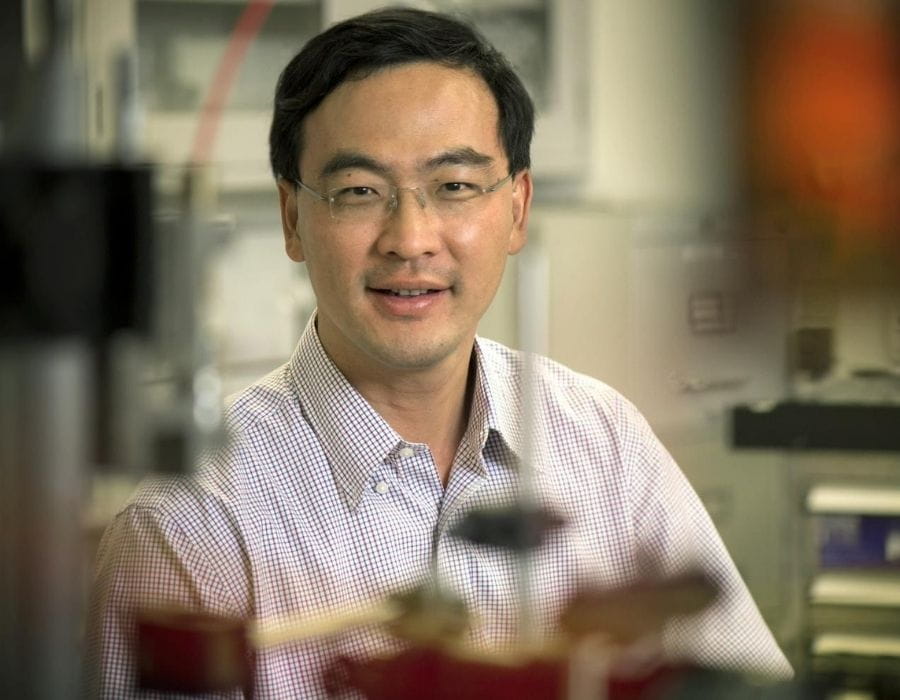
The University of Texas at Arlington's Electrical Engineering Department has added a powerful tool that will enhance its abilities to work with integrated photonics in its top-notch nanophotonics program.
Weidong Zhou, professor of electrical engineering, recently received a $578,975 Historically Black College and University (HBCU) grant from the Air Force Office of Scientific Research to purchase a Raith VOYAGER 100 high-performance electron beam writer system. Electrical Engineering Department Chair Diana Huffaker also contributed substantial funding from UT System STARS awards for the purchase. The tool will also be available to other universities, including the University of Arkansas at Pine Bluff, an HBCU.
In addition to Zhou, other UTA co-investigators include Catrina Coleman, James Coleman, Seong Jin Koh, Robert Magnusson, Yuze (Alice) Sun and Michael Vasilyev.
"This is a critical piece of equipment for the Shimadzu Nanotechnology Research Center, and it can significantly boost research and educational capabilities at UTA, local companies in North Texas and partner institutes in the region," Zhou said. "It will provide new capabilities in nanophotonics, nanoelectronics and related research areas, and will give us better process control and yield for potential scale-up prototyping and commercialization. The tool will also serve as a powerful platform for nanotechnology education and workforce development."
The College of Engineering recently formed a Photonics Center that will work with integrated photonics, quantum communications, resonant optical sensors and photonics in space technology.
The large area electron beam lithography and scanning electron microscope imaging system can enhance nanophotonics-based research for energy-efficient photonic and optoelectronic devices, integrated photonics, optical imaging and sensing. Photonics is the use of light for transmitting information, optical imaging and optical sensing. The technology is found, for example, in driverless cars or in the use of big data in the medical field.
The new equipment enhances the ability of faculty doing photonics research to scan large areas and support scaling. This is especially critical in integrated photonics when making very long waveguides on chips.
The tool will also enhance UTA's capabilities in semiconductor, nanotechnology and photonics-related education and workforce development. As a Hispanic-Serving Institution, UTA is committed to attracting and supporting educational training for all students, including those from underrepresented groups.
"This is an exciting addition to our capabilities and really makes our facilities among the best in Texas," Huffaker said. "With our new research center and our highly respected faculty, UTA stands out in the area of photonics. I'm happy that we are able to fully support the innovative, groundbreaking research of Dr. Zhou and all of our faculty through this purchase."
- Written by Jeremy Agor, College of Engineering






